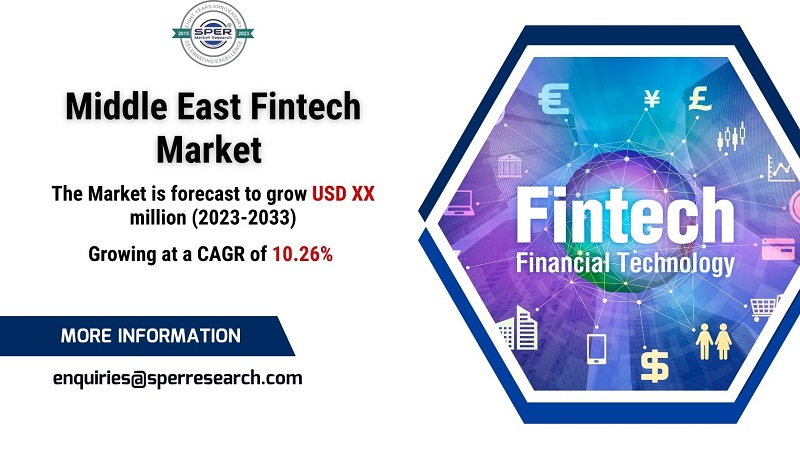Financial technology, commonly known as fintech, represents the innovative application of technology to deliver financial services and optimize traditional financial processes. It encompasses a wide array of digital solutions such as online payments, peer-to-peer lending, cryptocurrency, robo-advisors, and mobile banking applications. By leveraging advancements in blockchain, artificial intelligence (AI), cloud computing, and data analytics, fintech companies aim to make financial services more accessible, user-friendly, and efficient. These technologies drive financial inclusion, offer personalized financial solutions, and enable faster and more cost-effective transactions.
According to SPER Market Research, the Saudi Arabia Fintech Market, as detailed in the report “Saudi Arabia Fintech Market Size- By Technology, By Application, By End User – Regional Outlook, Competitive Strategies and Segment Forecast to 2033,” is projected to grow to USD 111.35 billion by 2033, achieving a CAGR of 6.32%.
Key Drivers
- Digital Adoption: The widespread use of smartphones and the internet has been a catalyst for the rapid growth of Saudi Arabia’s fintech industry. The country’s large population, coupled with high internet and mobile penetration rates, has made financial services more accessible and convenient.
- Youthful Demographics: The nation’s young, tech-savvy population is fueling demand for innovative financial solutions.
- Supportive Ecosystem: Initiatives like FintechSaudi play a critical role by providing resources and education to SMEs, investors, and financial institutions. Through workshops and training, FintechSaudi is equipping businesses and individuals to understand and thrive in the fintech landscape.
Challenges
- Cybersecurity and Data Privacy: As fintech platforms rely on digital technologies, concerns about data breaches and cybersecurity threats remain prominent.
- Regulatory Complexity: Navigating intricate regulatory frameworks presents significant hurdles. Reforming these regulations is essential to balance innovation, consumer safety, and financial stability.
For more insights, request a free sample report here: https://www.sperresearch.com/report-store/saudi-arabia-fintech-market.aspx?sample=1
Impact of COVID-19
The pandemic significantly accelerated the adoption of digital financial services in Saudi Arabia. Social distancing measures and the need for contactless transactions have driven consumers and businesses toward digital banking, mobile payments, and online financial platforms. Fintech has proven indispensable in ensuring business continuity and enabling seamless financial operations during this period.
Regional Insights
The Central Region, particularly Riyadh, dominates the Saudi fintech landscape. As the financial and technology hub, Riyadh hosts key regulatory bodies, financial institutions, and fintech startups. The region’s prominence stems from the synergy between government initiatives, major banks, and venture capital firms fostering innovation.
Key Market Players
Prominent companies in the Saudi Arabia fintech market include STC Pay, HyperPay, Tamara, PayTabs, Geidea, Hala, Raqamyah, Halalah, and others.
Saudi Arabia Fintech Market Segmentation:
By Technology: Based on the Technology, Saudi Arabia Fintech Market is segmented as; Application Programming Interface [API], Artificial Intelligence [AI], Blockchain, Robotic Process Automation, Data Analytics, Others.
By Application: Based on the Application, Saudi Arabia Fintech Market is segmented as; Payment & Fund Transfer, Loans, Insurance & Personal Finance, Wealth Management, Others.
By End Users: Based on the End Users, Saudi Arabia Fintech Market is segmented as; Banking, Insurance, Securities, Others.
By Region: This research also includes data for Northern and Central Region, Western Region, Eastern Region, Southern Region.
For More Information, refer to below link: –
Saudi Arabia Fintech Market Forecast
Related Reports:
Follow Us –
LinkedIn | Instagram | Facebook | Twitter
Contact Us:
Sara Lopes, Business Consultant – U.S.A.









